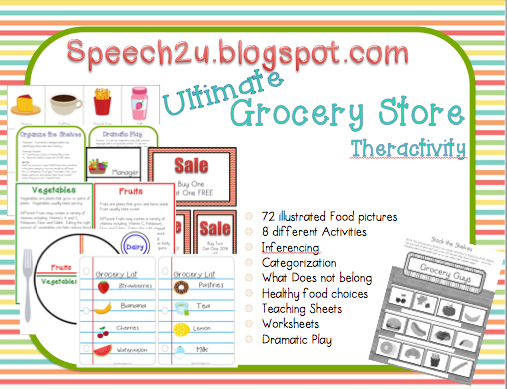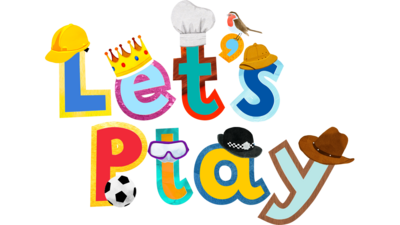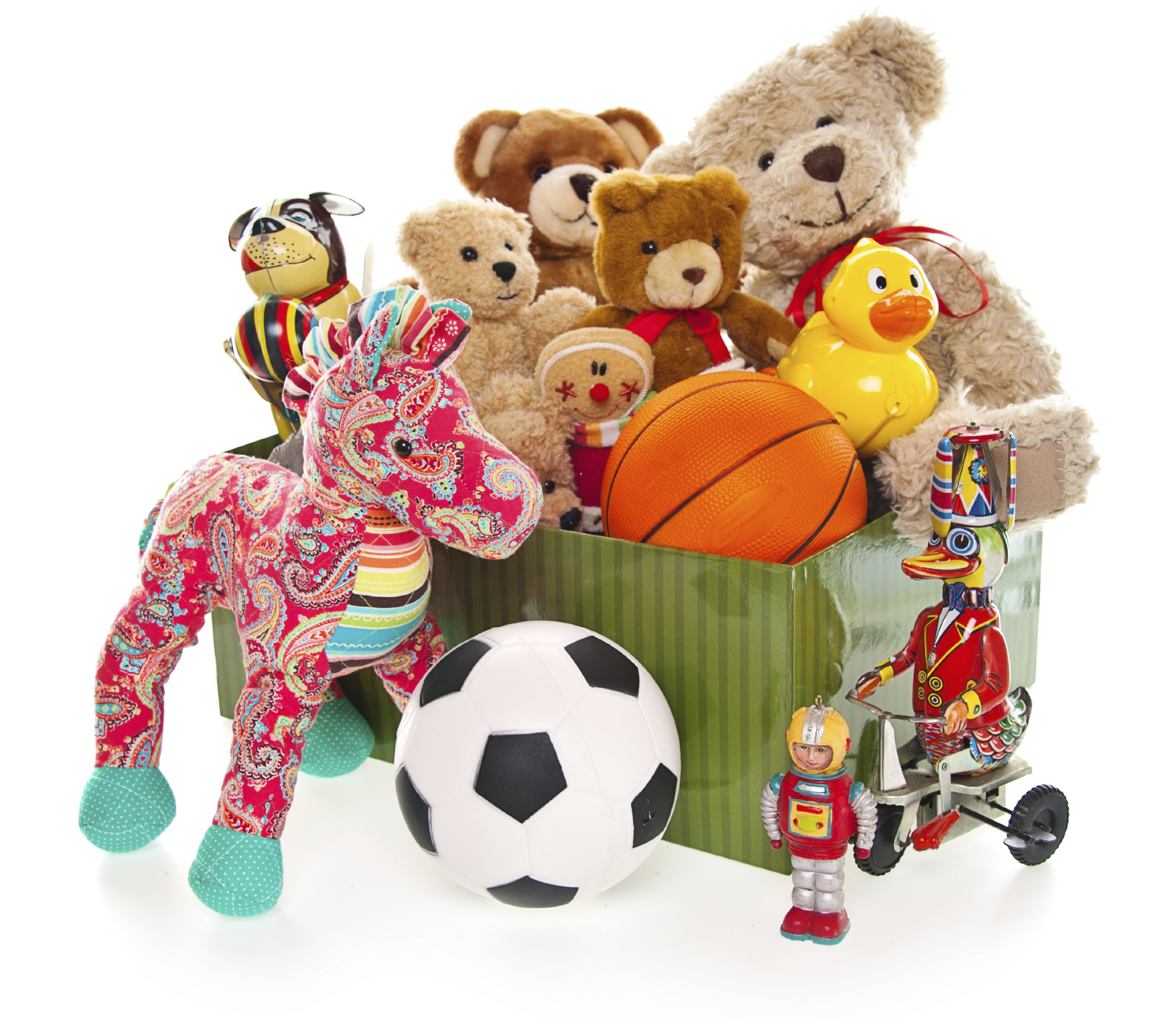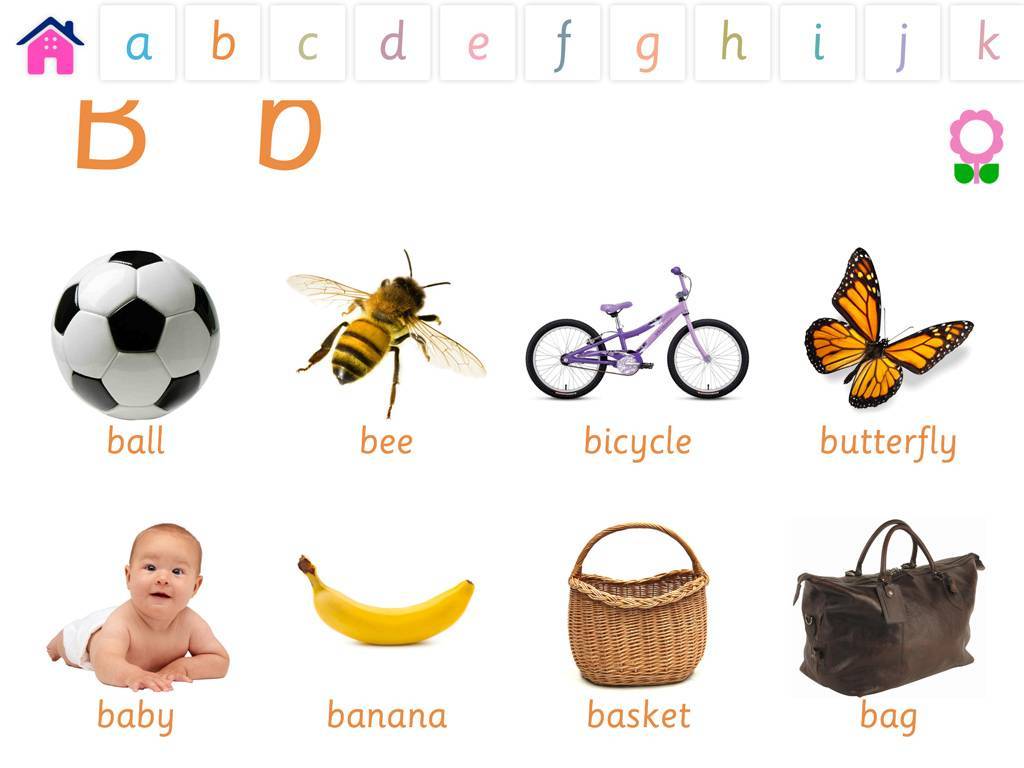
Social Scenes for Assessment and Treatment Purposes



I am thrilled to be a part of The Frenzied SLPs, which is a group of talented SLP bloggers and TPT sellers who each month bring you a variety of suggestions on how to simplify the life of the frenzied SLPs. At the beginning of each year, many of us try to make a variety of resolutions on how to live better. These may involve changes in our personal lifestyles or changes in our work routines and schedules. This month I’d like to talk about investments, namely investments, which can make our work load more manageable.
If your schedule is anything like mine, then you are very heavily inundated with paperwork. Evaluation reports, progress summaries, session notes, lesson plans, presentations, articles, it all piles up until you absolutely dread looking at your planner since it highlights all the looming deadlines and not enough time to complete all the paperwork.
That is why recently I decided to invest in some dictation software. After a bit of research I settled on Dragon Naturally Speaking software, which I installed on my PC at work as well as on my Mac at home. For me it was an investment that definitely paid off within a very short period of time. Almost immediately I started noticing how much faster I was able to complete my reports, reply to emails, as well as write blog posts and articles. I also noticed how much easier revising and editing process was on my eyes.

So what has improved?
Well, I’ve definitely noticed a huge improvement in my productivity. Even though I wasn’t the slowest typist, dictating became a huge time saver, since now I am able to produce 3x as much written output in the same period of time.
I also noticed that the use of dictation software allowed me to better organize my thoughts out loud and significantly decrease oral revisions when dictating.
However while dictation software is an excellent investment it needs to be made wisely keeping a few things in mind.
For starters the cost of software may be problematic for some. While Nuance, which is the company that sells the software has a variety of decently priced packages, this software is still not cheap. Buying a wireless Bluetooth headset, a professional package, or the licensing software for several different computers, may further significantly increase the price.
Secondly you do need to train the software especially because we a speech pathologist use a lot of esoteric and specialized language to describe our clients’ assessment and treatment needs. The training period take anywhere from several days to several weeks depending on how quickly you’ll learn to navigate the in’s and out’s of all the commands.
Personally I find the Mac version not as user-friendly as the PC version despite the fact that it does not require the usage of a headset in contrast to the PC version.
However, all in all, for a busy professional inundated with paperwork, this investment truly is a valuable time saver that can significantly reduce the time spent on paperwork as well as the amount of strain and effort you put into report writing and editing.


 It’s DAY 18 of my Birthday Month Giveaways and I am raffling off a giveaway by Speech2U, which is a Grocery Theractivity. This is an awesome 48 page packet which contains 72 different food pictures and 9 different activities. It can be used with ages ranging from preschoolers through middle school and is great for goals targeting life skills.
It’s DAY 18 of my Birthday Month Giveaways and I am raffling off a giveaway by Speech2U, which is a Grocery Theractivity. This is an awesome 48 page packet which contains 72 different food pictures and 9 different activities. It can be used with ages ranging from preschoolers through middle school and is great for goals targeting life skills.
Packet Activities:
Additional Contents:
You can find this product in Speech2U TPT store by clicking HERE or you can enter my giveaway for a chance to win.
a Rafflecopter giveaway
 Those of you familiar with my blog, know that a number of my posts take on a form of extended responses to posts and comments on social media which deal with certain questionable speech pathology trends and ongoing issues (e.g., controversial diagnostic labels, questionable recommendations, non-evidence based practices, etc.). So, today, I’d like to talk about sweeping general recommendations as pertaining to literacy interventions. Continue reading But is this the Best Practice Recommendation?
Those of you familiar with my blog, know that a number of my posts take on a form of extended responses to posts and comments on social media which deal with certain questionable speech pathology trends and ongoing issues (e.g., controversial diagnostic labels, questionable recommendations, non-evidence based practices, etc.). So, today, I’d like to talk about sweeping general recommendations as pertaining to literacy interventions. Continue reading But is this the Best Practice Recommendation?

 In this post, I am continuing my series of articles on speech and language assessments of children under 3 years of age. My first installment in this series offered suggestions regarding what information to include in general speech-language assessments for this age group, while my second post specifically discussed assessments of toddlers with suspected motor speech disorders.
In this post, I am continuing my series of articles on speech and language assessments of children under 3 years of age. My first installment in this series offered suggestions regarding what information to include in general speech-language assessments for this age group, while my second post specifically discussed assessments of toddlers with suspected motor speech disorders.
Today, I’d like to describe what information I tend to include in reports for children ~16-18 months of age. As I mentioned in my previous posts, the bulk of children I assess under the age of 3, are typically aged 30 months or older. However, a relatively small number of children are brought in for an assessment around an 18-month mark, which is the age group that I would like to discuss today.
Typically, these children are brought in due to a lack of or minimal speech-language production. Interestingly enough, based on the feedback of colleagues, this group is surprisingly hard to report on. While all SLPs will readily state that 18-month-old children are expected to have a verbal vocabulary of at least 50 words and begin to combine them into two-word utterances (e.g., ‘daddy eat’). When prompted: “Well, what else should my child be capable of?” many SLPs draw a blank regarding what else to say to parents on the spot.
 As mentioned in my previous post on assessment of children under 3, the following sections should be an integral part of every early intervention speech-language assessment:
As mentioned in my previous post on assessment of children under 3, the following sections should be an integral part of every early intervention speech-language assessment:
In my two previous posts, I’ve also offered examples of select section write-ups (e.g., receptive, expressive phonology, etc.). Below a would like to offer a few more for this age group. Below is an example of a write-up on an 18-month-old bilingual child with a very limited verbal output.
RECEPTIVE LANGUAGE:
L’s receptive language skills were solid at 8 months of age (as per clinical observations and REEL-3 findings) which is significantly below age-expectancy for a child her age (18 months). During the assessment L received credit for appropriately reacting to prohibitive verbalizations (e.g., “No”, “Stop”), attending to speaker when her name was spoken, performing a routine activity upon request (when combined with gestures), looking at familiar object when named, finding the aforementioned familiar object when not in sight, as well as pointing to select body parts on Mrs. L and self (though identification on self was limited). L is also reported to be able to respond to yes/no questions by head nods and shakes.
However, during the assessment L was unable to consistently follow 1 and 2 step directions without gestural cues, understand and perform simple actions per clinician’s request, select objects from a group of 3-5 items given a verbal command, select familiar puzzle pieces from a visual field of 2 choices, understand simple ‘wh questions (e.g., “what?”, “where?”), point to objects or pictures when named, identify simple pictures of objects in book, or display the knowledge and understanding of age appropriate content, function and early concept words (in either Russian or English) as is appropriate for a child her age.
EXPRESSIVE LANGUAGE and ARTICULATION
L’s expressive language skills were judged to be solid at 7 months of age (as per clinical observations and REEL-3 findings), which is significantly below age-expectancy for a child her age (18 months). L was observed to spontaneously use proto-imperative gestures (eye gaze, reaching, and leading [by hand]), vocalizations, as well waving for the following language functions: requesting, rejecting, regulating own environment as well as providing closure (waving goodbye).
L’s spontaneous vocalizations consisted primarily of reduplicated babbling (with a limited range of phonemes) which is significantly below age-expectancy for a child her age (see below for developmental norms). During the assessment, L was observed to frequently vocalize “da-da-da”. However, it was unclear whether she was vocalizing to request objects (in Russian “dai” means “give”) due to the fact that she was not observed to consistently vocalize the above solely when requesting items. Additionally, L was not observed to engage in reciprocal babbling or syllable/word imitation during today’s assessment, which is a concern for a child her age. When the examiner attempted to engage L in structured imitation tasks by offering and subsequently denying a toy of interest until L attempted to imitate the desired sound, L became easily frustrated and initiated tantrum behavior. During the assessment, L was not observed to imitate any new sounds trialed with her by the examiner.
During today’s assessment, L’s primary means of communication consisted of eye gaze, reaching, crying, gestures, as well as sound and syllable vocalizations. L’s phonetic inventory consisted of the following consonant sounds: plosives (/p/, /b/ as reported by Mrs. L), alveolars (/t/, /d/ as reported and observed), fricative (/v/ as observed), velar (/g/ as observed), as well as nasal (/n/, and /m/ as observed). L was also observed to produce two vowels /a/ and a pharyngeal /u/. L’s phonotactic repertoire was primarily restricted to reported CV(C-consonant; V-vowel) and VCV syllable shapes, which is significantly reduced for a child her age.
According to developmental norms, a child of L’s age (18 months) is expected to produce a wide variety of consonants (e.g., [b, d, m, n, h, w] in initial and [t, h, s] in final position of words) as well as most vowels. (Robb, & Bleile,(1994); Selby, Robb & Gilbert, 2000). During this time the child’s vocabulary size increases to 50+ words at which point children begin to combine these words to produce simple phrases and sentences (as per Russian and English developmental norms). Additionally, an, 18 months old child is expected to begin monitoring and repairing own utterances, adjusting speech to different listeners, as well as practicing sounds, words, and early sentences. (Clark, adapted by Owens, 2015)
Based on the above guidelines L’s receptive and expressive language, as well as articulation abilities, are judged to be significantly below age expectancy at this time. Speech and language therapy is strongly recommended in order to improve L’s speech and language skills.
Typically when the assessed young children exhibit very limited comprehension and expression, I tend to provide their caregivers with a list of developmental expectations for that specific age group (given the range of a few months) along with recommendations of communication facilitation. Below is an example of such a list, pulled a variety of resources.
 Developmental Milestones expected of a 16-18 months old toddler:
Developmental Milestones expected of a 16-18 months old toddler:
Attention/Gaze:
Reaching and Gestures:
 Play Skills/Routines:
Play Skills/Routines:
Receptive (Listening Skills):
Expressive (Speaking Skills):
 Materials to use with the child to promote language and play:
Materials to use with the child to promote language and play:
Strategies:
 Core vocabulary categories for listening and speaking:
Core vocabulary categories for listening and speaking:
Select References:
Click HERE for the Early Intervention Evaluations PART IV: Assessing Pragmatic Abilities of Children Under 3
Stay Tuned for the next installment in this series:
